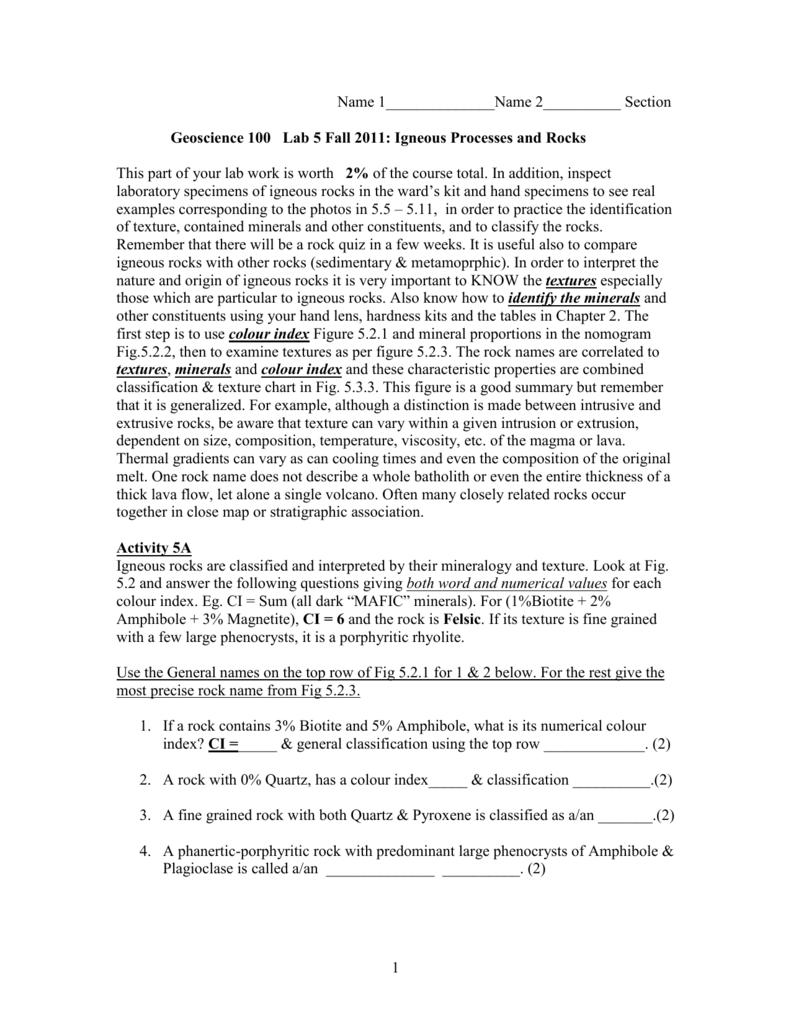

Plan and carry out investigations to measure the properties of soil samples.Plan and carry out an investigation that uses a classification system for identifying soil types.Use a model to describe the relationship between stream velocity and the movement of particles on a streambed.Carry out an investigation to classify sediment from a stream in your community according to particle size.Carry out an investigation to classify sediment from a river in your community according to roundness and particle shape.Use a model to describe how moving water affects particles of sediment in streams.Obtain information about potential hazards posed by low-gradient streams.Analyze data for a low-gradient stream in your community to explain the characteristics of its channel, floodplain, and streamflow.Use a model to describe the characteristics of low-gradient streams.Analyze data for a high-gradient stream in your community to explain the characteristics of its channel, floodplain, and streamflow.Analyze data for the Mississippi River System to explain the connection between stream gradient, elevation, and discharge.Analyze data on a local topographic map to calculate the gradient of a stream in your community.Use a model to describe the characteristics of high-gradient streams.Obtain information about the importance of slopes in land development.Analyze contour data on a local topographic map to explain patterns in the slopes of your community.Carry out an investigation that compares the maximum slope angles formed by various unconsolidated sediments.Carry out an investigation of the maximum slope that can be formed by a pile of sand.Obtain information about the interconnections among drainage systems.Analyze data on regional maps and satellite images to determine the location of drainage basins and divides in your region.Analyze data on a local topographic map to explain patterns in stream drainage within your community.Use a quantitative model to describe the rates at which water moves between reservoirs in the water cycle.Develop a model to illustrate the processes that move water among Earth’s water reservoirs.Use a model to describe the distribution of water in the hydrosphere.Carry out an investigation of the amount of heat required to melt ice.Each Learning Outcome highlights one main practice of science or engineering that you will use to investigate and explore ideas of Earth and space sciences and key crosscutting concepts that are common among all the sciences. ⭐ Endangered Animals: NGSS: MS-LS2-4 and MS-LS2-5Įach time you give feedback, TpT gives you credit that you can use towards your future purchases.These indicate what you should understand and be able to do as a result of the section. ⭐ Environmental Issues Research Project: NGSS: MS-ESS3-3 ⭐ Human Impact on the Environment - Focus on Plastics: NGSS: MS-ESS3-3 I'm telling the other teachers that I know about this and am encouraging them to purchase it too." "This product is thorough and ready to use. What others are saying about our science units,


✅ Please ensure you have YouTube access before purchasing this Unit. Lesson 8: Making a Claim: Show What You Know About Geoscience Processes that Lesson 7: What Geoscience Processes Helped to Create These Rock Formations? Lesson 6: Underground Landforms: Caves and Sinkholes

Lesson 3: What Are Geoscience Processes? Modeling with a Stream Table Lesson 1: Geoscience Processes - Phenomenon Review Lesson: Weathering, Erosion, and Deposition Included are a standards poster, photos and posters for stimulating discussion, four reading passages, three investigations, links to videos, and essential vocabulary cards. They will also learn about how other geoscience processes change the Earth's surface over varying time and spatial scales. With these NGSS lesson plans, students will review weathering, erosion, and deposition.


 0 kommentar(er)
0 kommentar(er)
